
Is exercise that’s too intensive resulting in your angina?
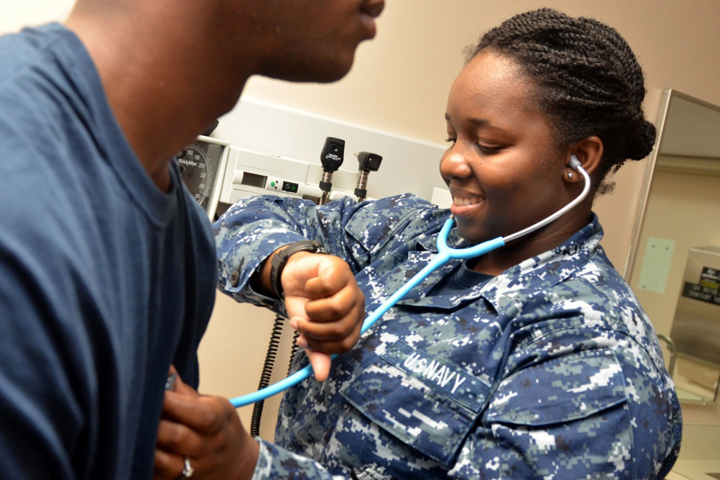
Navy Hospitalman Kiana Bartonsmith checks a patient’s heart rate at Naval Branch Health Clinic Kings Bay in Georgia, one of Naval Hospital Jacksonville’s six health care facilities. (U.S. Navy photo by Jacob Sippel)
Coronary artery disease is the most common type of heart disease and the leading cause of death in the United States for both men and women. Arteries carry oxygenated blood throughout the body including to the heart muscle. Over time, plaque can build up in the arteries, which harden and constrict blood flow to the heart. When the heart does not get enough blood, the body’s response is angina. Angina is experienced as a feeling of tightness or pressure in the chest that can also radiate out to the neck, jaw, back, or shoulders. Women may also experience nausea, shortness of breath, or fatigue. Angina can be exercise-induced or caused by other symptoms of heart disease.
“Any time the heart’s demand for oxygen is greater than the supply, there is a chance for angina,” said Dr. Jamalah Munir, a cardiologist at Fort Belvoir Community Hospital. “Angina most commonly occurs during physical exertion, such as walking quickly up a hill or flights of stairs.” Increases in blood pressure or stress, abnormally fast heart rhythms, severe illness, or anemia can also raise the risk of experiencing angina, she added.
Preventing coronary artery disease is the goal, Munir said. This means eating a whole-food, plant based diet with minimal animal products, as well as exercising regularly, sleeping well, reducing stress, and refraining from smoking.
Even with these preventive measures, exercise can induce angina even in presumably healthy individuals. “When you exercise, your heart needs more oxygen and nutrients,” said Munir. “If the demand outstrips the supply, the result is angina.”
Someone with angina would experience a dull sensation rather than a sharp pain, which typically comes on gradually during exercise and can improve with rest, she added. Nitroglycerin, a medication that relaxes the arteries and increases blood flow, can alleviate chest tightness and pressure.
“Should you experience persistent angina while at rest or at lower levels of activity, seek medical care immediately for a possible heart attack,” Munir cautioned.
The temptation might be to think that if exercise induces angina, the safest course of action would be to remain on the couch. Munir disagrees, stating that when it comes to daily exercise, it doesn’t have to be intense or done all at once. “Some people complain that they can’t make it to the gym for a full workout, but if they walk for 10 minutes after each meal, that adds up to 30 minutes a day.” Moderate exercise combined with strength training, stretching, meditation, or yoga practice is all important to cardiovascular health, she added.
A physician can test for indicators of coronary artery disease – high blood pressure, abnormal heart rhythm, or high cholesterol – that contribute to angina. Medications can stabilize or reduce these symptoms when combined with other healthy habits such as regular exercise.
“If the combination of medication and lifestyle changes isn’t effective, invasive procedures such as coronary stents and open heart bypass surgery are options to consider,” said Munir.
To protect health, especially the heart, “dietary and lifestyle modification are the cornerstone of prevention and treatment of coronary artery disease,” she added. “Incorporating small changes into your lifestyle can make a big difference.”
New equipment at Camp Lemonnier improves blood storage
Article
4/10/2019

Frozen blood, which is stored at negative 70-degrees Celsius, can be used for up to 10 years
Pacific Partnership 2019 introduces helicopter en route medical care
Article
3/29/2019
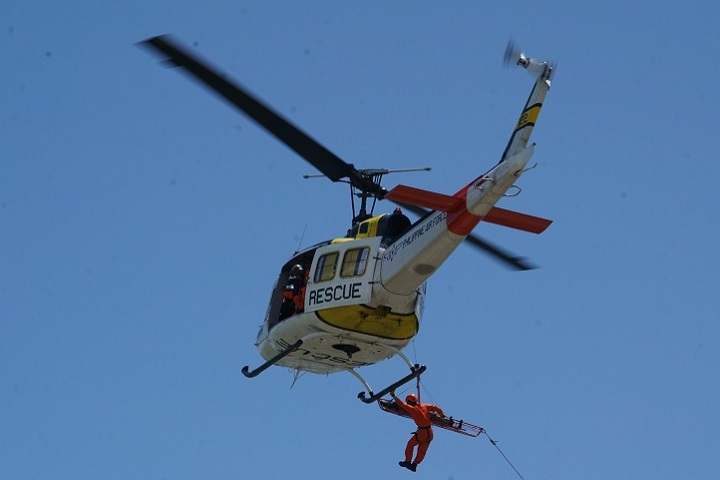
The exercise is an important part of disaster risk reduction
Pacific Partnership 2019 participates in community health engagement in Tacloban
Article
3/21/2019

Pacific Partnership 2019 exchanges create lasting bonds of friendship and trust
Sexually Transmitted Infections
Infographic
3/20/2019

This report summarizes incidence rates of the 5 most common sexually transmitted infections (STIs) among active component service members of the U.S. Armed Forces during 2010–2018.
Testosterone Replacement Therapy
Infographic
3/20/2019

With the increasing number of testosterone deficiency diagnoses and potential health risks associated with initiation of TRT, it is important to understand the epidemiology of which U.S. service men are receiving TRT and whether these individuals have an indication for receiving treatment.
Vasectomy
Infographic
3/20/2019

There are few published studies of vasectomy and vasectomy reversal among the U.S. military population. To address these gaps, the current analysis describes the overall and annual incidence rates of vasectomy among active component service men during 2000–2017 by demographic and military characteristics and by type of surgical vas isolation procedure ...
Male Infertility
Infographic
3/20/2019

The current report updates and expands on the findings of the previous MSMR analysis of infertility among active component service men. Specifically, the current report summarizes the frequencies, rates, temporal trends, types of infertility, and demographic and military characteristics of infertility among active component service men during 2013–2017.
Eat well, live well
Article
3/20/2019
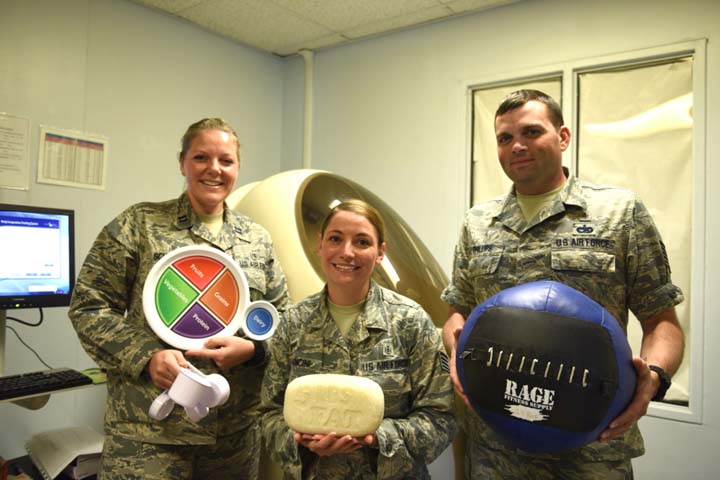
Fad diets come and go, but basic nutrition has staying power
Airmen perform in-flight Transportation Isolation System training
Article
3/14/2019
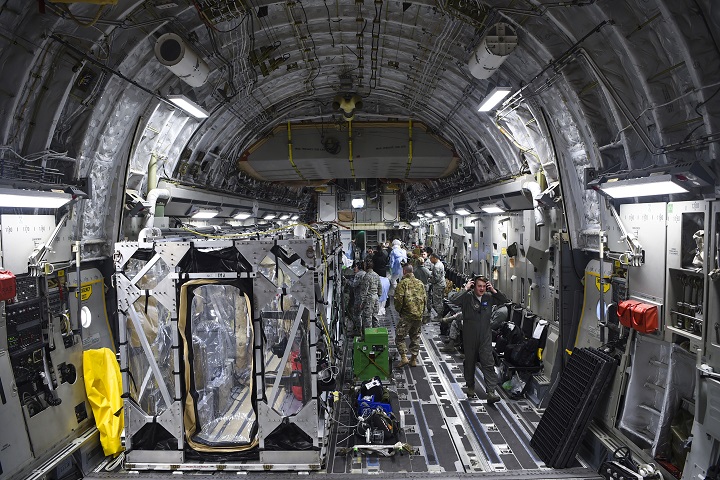
This mission capability is the only one of its kind in the Department of Defense
DHA IPM 19-003: Reserve Health Readiness Program
Policy
This Defense Health Agency-Interim Procedures Memorandum (DHA-IPM), based on the authority of References (a) through (c), and in accordance with the guidance of References (d) through (i): • Provides utilization guidance and funding requirements for the RHRP contract to supplement Reserve Component Individual Medical Readiness (IMR) and Deployment Health activities when Service organic health readiness resources are not available to meet mission requirements. • Provides utilization guidance and funding requirements for the RHRP contract for Active Duty enrolled in TRICARE Prime Remote, U.S. Coast Guard (USCG), USCG Reserves, and re-deploying DoD civilians (e.g., U.S. Army Corps of Engineers and U.S. Army Intelligence and Security Command). • Communicate procedure guidance to all DoD organizations utilizing RHRP services. • Will expire effective 12 months from the date of issue and be converted to a DHA-Procedural Instruction.
- Identification #: 19-003
- Date: 3/8/2019
- Type: DHA Interim Procedures Memorandum
- Topics: Health Readiness
Sudden cardiac death in young athletes
Article
3/7/2019

Sudden cardiac events can occur in seemingly healthy young people in their teens or twenties, including young servicemembers
Too much pressure: Hypertension a leading cause of heart disease
Article
3/5/2019
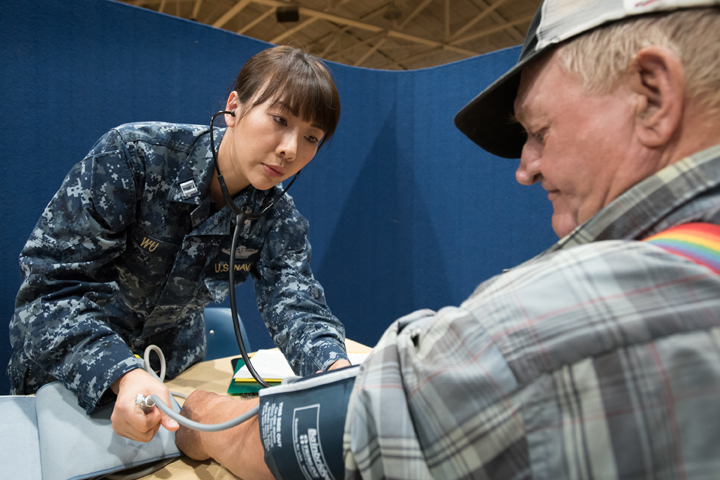
Healthy lifestyle now can help prevent disorder later
Military health leaders take part in inaugural American Red Cross Advanced Life Support class
Article
3/4/2019
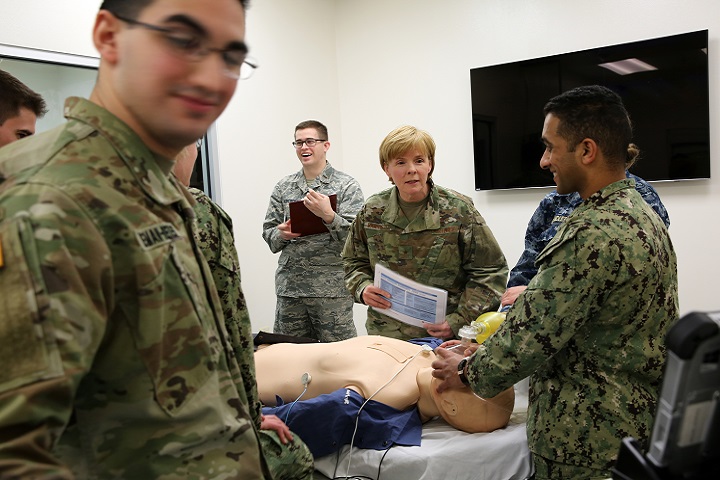
The transition to the American Red Cross Resuscitation Suite officially began October 1, 2018
Adenovirus
Infographic
3/1/2019

During August–September 2016, U.S. Naval Academy clinical staff noted an increase in students presenting with acute respiratory illness (ARI). An investigation was conducted to determine the extent and cause of the outbreak.
Malaria
Infographic
3/1/2019

Since 1999, the Medical Surveillance Monthly Report has published regular updates on the incidence of malaria among U.S. service members. The MSMR’s focus on malaria reflects both historical lessons learned about this mosquito-borne disease and the continuing threat that it poses to military operations and service members’ health.





















.png)












No hay comentarios:
Publicar un comentario